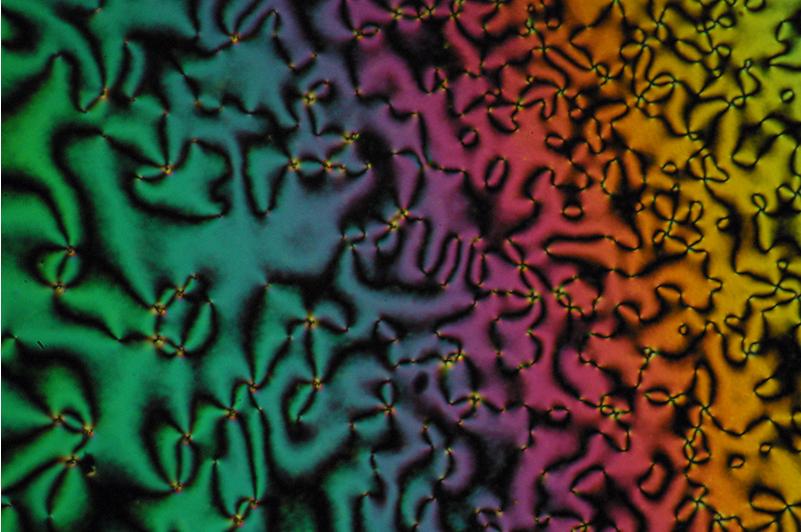Chemists from Vanderbilt University in the USA have developed a new type of liquid crystals with unique electronic properties that could improve the performance of digital displays used today in devices such as digital watches and flat screen televisions.

Chemists from Vanderbilt University in the USA have developed a new type of liquid crystals with unique electronic properties that could improve the performance of digital displays used today in devices such as digital watches and flat screen televisions.
The achievement, which came after a research effort of more than five years, is described by chemistry professor Piotr Kaszynski in a pair of articles published in the scientific journal Journal of Materials Chemistry.
"We have developed liquid crystals with an unprecedented value of electric dipole, which is double and more than that found in existing liquid crystals," said the researcher. An electric dipole is formed in polars due to the separation of positive charges and negative charges. The larger and farther apart the charges are, the higher the resulting electric dipole.
in liquid crystals (The entry in Wikipedia), the electric dipole depends on a threshold rate of electric voltage: the value of the minimal electric voltage at which the liquid crystals begin to operate. A higher bipolar allows a lower threshold rate. Additionally, the dipole is a key factor in how quickly the liquid crystal is able to transition from a light state to a dark state. At a certain voltage, liquid crystals with a higher dipole transition between these states faster than those with a lower dipole.
The university researchers submitted a patent application for the new type of materials developed by them. A number of companies that produce liquid crystals for commercial applications have already expressed interest in the innovative materials and are now being evaluated by them.
"Our liquid crystals have basic properties that make them suitable for practical applications, but they must be further tested to gauge their durability and longevity as well as other similar properties before they can be used in commercial products," the researcher notes.
If these new types of liquid crystals successfully pass commercial testing, they will be an addition to the complex molecular mixtures used in liquid crystal-based displays. These mixtures incorporate various types of liquid crystals and other additives designed to adjust their properties, including viscosity, temperature range, optical and electrical properties and chemical stability. There are dozens of different designs of liquid crystal displays and each of them requires a slightly different mixture.
The innovative liquid crystals are important not only commercially but also scientifically. Since discoveries in 1888, scientists have discovered more than a hundred thousand natural and synthetic compounds with liquid crystal nature. The scientists came to the conclusion that one of the prerequisites for the existence of this condition is the shape of the froda - it must be in the form of a rod or a board. A second condition is that it must contain both a flexible component and a rigid component. A delicate balance between these two opposing factors or forces is required to create a substance that is exactly halfway between a solid state and a liquid state. However, there is still great ambiguity about this unusual situation that scientists have not been able to remove. For example, scientists are still trying to determine what effect an electric dipole in a liquid crystal has on the exact temperature at which the material turns into a liquid. The current general consensus states that increasing the dipole strength is characterized by increasing this transition temperature. The synthetic process for the production of the innovative liquid crystals allows the researchers to test this claim by preparing a pair of liquid crystals with the same shape but with different dipole values and measuring their transition temperatures. They found that small structural differences have a much greater effect on the transition temperature than changes in the strength of the electric dipole.
The distinguishing feature of this new type of liquid crystals is their zwitterionic structure. diions (The Wikipedia entry) are chemical compounds with zero overall electric charge that contain separate negatively and positively charged groups. The innovative liquid crystals that have been developed contain a diion consisting of a negatively charged inorganic component and a positively charged organic component. The researcher had the idea to prepare liquid crystals with a di-ionic structure already 17 years ago when he had just arrived at Vanderbilt University. However, an essential chemical component required for this was missing. It wasn't until 2002 that German chemists discovered the chemical procedure that allowed the Vanderbilt researchers to succeed in their experiments.
